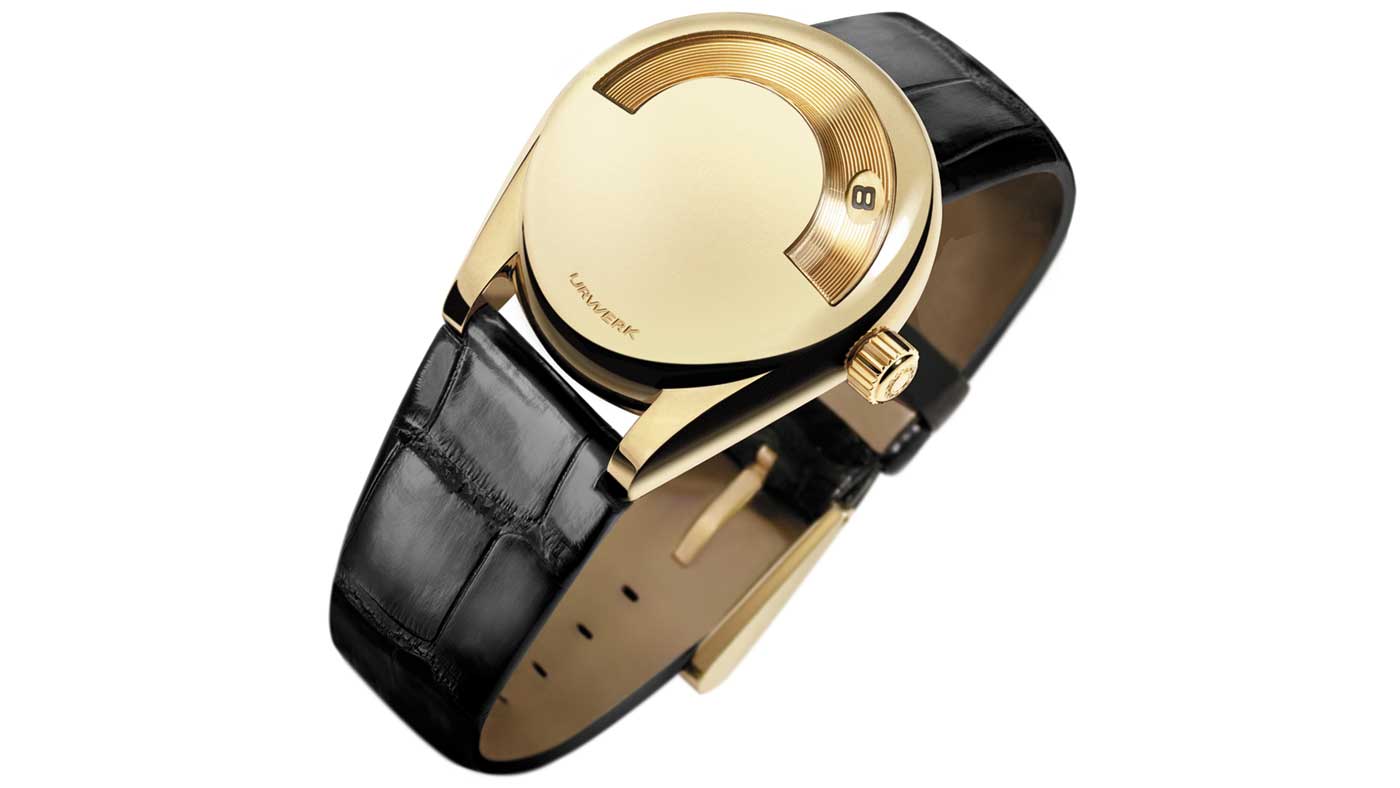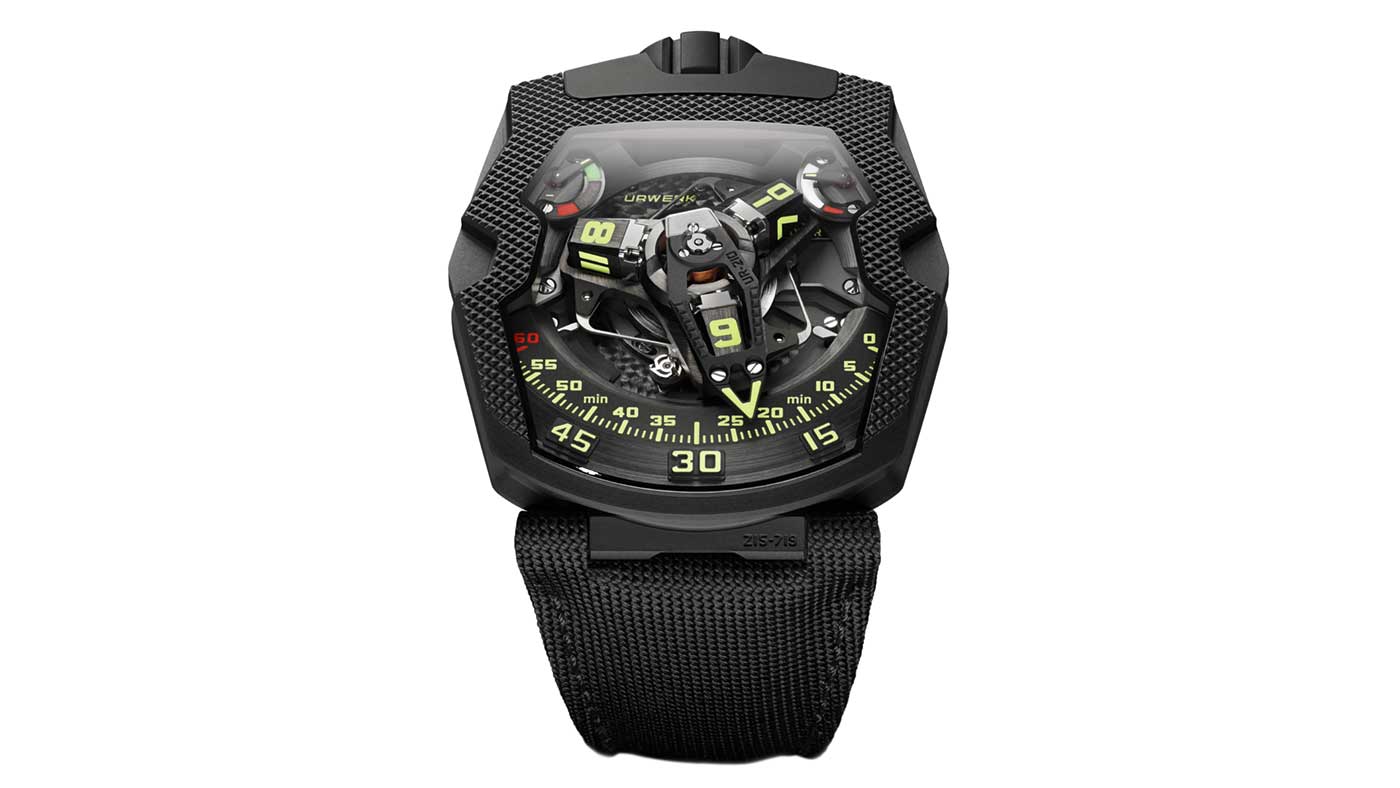Celebrating twenty years of Urwerk craftsmanship
The Swiss watchmaker produces around 150 timepieces a year meaning exclusivity is always guaranteed



Watch design is an extremely difficult job. A new product must be sufficiently different to create a bit of a buzz, yet traditional enough to keep potential buyers happy. This is a very fine line to tread, as a new timepiece runs the risk of either alienating the public or making them yawn.
A bold solution to this design restriction was presented 20 years ago by the Swiss brand Urwerk: rather than working within the framework of dial design that can be traced back to medieval church clocks, it decided to throw out the rulebook and look at the representation of time with a completely fresh set of eyes.
The company is headed by Felix Baumgartner – the Swiss master watchmaker, not to be confused with the Austrian skydiver of the same name – and fellow countryman Martin Frei, a graphic designer. The two men set out to make watches that were powered by the finest haute horlogerie, but designed like a machine from the future.
The Week
Escape your echo chamber. Get the facts behind the news, plus analysis from multiple perspectives.

Sign up for The Week's Free Newsletters
From our morning news briefing to a weekly Good News Newsletter, get the best of The Week delivered directly to your inbox.
From our morning news briefing to a weekly Good News Newsletter, get the best of The Week delivered directly to your inbox.

The name Urwerk comes from Ur, the ancient Mesopotamian city that marked time by measuring moving shadows, and werk, the German word meaning work or creation. This idea of an evolution of the earliest form of time-telling is seen in Urwerk’s trademark revolving satellite system that appeared in its debut piece, the UR-101.
The satellite system is a fiendishly complicated mechanism. which represents the hours with either three or four revolving arms that rotate around a central axis. The mechanism is cutting edge, but it nods to the past with minutes that are indicated by the hour arm moving along a track just as shadow passes across a sundial.
Several variations on this theme have been produced, including such innovations as telescopic miniature hands that shorten and lengthen as the satellite moves around the minute track – as seen in the UR-202 – and a 'winding efficiency selector' (seen in the UR-210 and many others) that allows you to regulate the speed at which the automatic winding mechanism rotates, to avoid over-winding during vigorous activity.

But Urwerk has never been at risk of being constrained by a design of its own creation, as witnessed by pieces such as the EMC (Electro Mechanical Control), which tells the time on a traditional dial powered by a mechanical movement, but has an electronic monitoring system that lets the wearer know how accurately the watch is running and allows it to be adjusted accordingly.
A free daily email with the biggest news stories of the day – and the best features from TheWeek.com
Among a range of universally striking timepieces, the latest Urwerk is possibly the most visually arresting. The UR-T8 has a fully rotating case that can be worn dial-side up to show an evolution of the satellite system or flipped over to show nothing but a titanium shield that is diamond cut, making it look like armour on a robotic crocodile.
The past 20 years has seen a huge resurgence in the luxury-watch industry and there are now many companies making their own attempts at re-writing the rules. But Urwerk has become something that many companies try to be and few achieve: a true original.
-
 Political cartoons for December 7
Political cartoons for December 7Cartoons Sunday’s political cartoons include the Trump-tanic, AI Santa, and the search for a moderate Republican
-
 Trump’s poll collapse: can he stop the slide?
Trump’s poll collapse: can he stop the slide?Talking Point President who promised to ease cost-of-living has found that US economic woes can’t be solved ‘via executive fiat’
-
 Codeword: December 7, 2025
Codeword: December 7, 2025The daily codeword puzzle from The Week